I finally got another day off the other day. Which was perfect timing to join mis compañeros on a camping trip to Cuerro y Salado Wildlife Refuge. Along for the outing was Angel and Darwin, Narelle, a woman traveling from Australia, and 5 of Darwin and Angel´s friends who are biology students from Tegucigalpa.
To get to Cuerro y Salado you must first take a bus for an hour or so through various communities on the outskirts of La Ceiba. After an hour on the bus your skin is covered with a film of dust. When we got off the bus Darwin instantly presented us with cold Salva Vida cervezas for our train ride out into the refuge. The train was no more than two open air cars on a rickety track through the middle of nowhere. We passed a couple of small villages that tapered off into stray houses here and there. I liked the idea that the only way to get to these households was to take this little train, ride your horse or bike, or walk a long, long way. When there are no roads it seems fairly rediculous to own a car.
The biology students that we were camping with were on the hunt for snakes, lizzards, frogs, and other things that go bump in the night. Once we arrived at the interperative center they arranged for us to take a boat out that night to hunt for these creatures.
Once we were all checked in, we hiked for about 5 minutes to the sea. The sea at Cuerro y Salado is the prettiest bit of beach and sea I have seen in Honduras. The 9 of us moved up and down the beach picking up pretty rocks and tossing them back into the sea. Rain clouds daunted us, so we quickly put up our tents and moved our gear inside.
As the sun went down we sat on a peice of driftwood and passed around a bottle of wine and a 2 litre of 7up and Vodka. I sat with Angel at one end of the driftwood and he told me that he has already worked fairly intensivley on the projects in El Naranjo. A year or so ago he collected data from all the residents of El Naranjo and helped compile the information into a document that I am currently using to better understand the community and to derive statistics. He says that he is still quite interested in helping out with these projects, which is great new for me!
Soon it was time for our creatures of the night tour. With our river guides, science nerds, and flashlights in tote, we were ready for anything and everything. The moon was bright in the partly cloudy sky which illuminated the moutains as we paddled into the mangroves.
I would like to take this moment to express my appreciation for mangroves (be forewarned....this is a little of the ODS nerd in me....). Mangroves have one of the most amazing root systems, dropping roots from their branches to the water from as much as 20 ft. It never ceases to amaze me how plants just know what to do to make themselves grow and be successful in a forest. Like the Western Red Cedar who sends it´s tiny, bendy branches into any patch of sunlight it can find in order to grow to their massive size, the mangroves send their roots to the water for the same reason. Needless to say I was quite satisfied to spend my evening passing through clumps of these said roots keeping my eyes alert for crocs.
And a crocodile we did see! I could only make out the red of his eyes in my flashlight and the bulby eyesockets on the surface of the water, but it was unmistakenly a crocodile. We also saw a plethora of pointy nosed frogs (all of which were plucked from the water and carfully inspected and photographed by our science friends). The coolest thing we came across was a fat iguana draped lazily on a tree branch. Darwin pried it loose from the branch and we all were able to inspect it up close. It had such smooth skin that reminded me of some awful florecent green print from the 80´s and a squishy belly. You could see the iguana´s strength when Darwin passed it along to another and the iguana´s tail flipped about and it tightened its grip. When putting it back on its branch, it slipped flawlessly into the water and swam to the bank.
Back at the camp we started a fire and roasted marshmellows. After the marshmellows were gone we figured it was wise to eat something a little more substantial. Our science friends pulled out their camping stoves and cooked us up some tasty pasta.
Before we knew it, it was well past 2 in the morning. I crawled into a bed of sand and slept soundly.
In the morning the sand flies were out in abundance. From the walk from my tent to the sea I was bitten about 11,000 times. Angel and I walked down the beach a half mile or so collecting rocks and other strange things. By the time we returned back to camp we were eaten alive by the sandflies.
We searched for breakfast but found only strawberry cookies. Eventually we found some café con leche and drank it sitting by the riverside. We agreed it was a good idea to take the 11:00 train back. Thus began the dusty journey home to La Ceiba, where upon arrival we made haste with hungry bellies to Chef Guity for some sopa de caracol.
I asked the boys where we would go next week for our day off. Maybe to Cayos Cochinos? Maybe to Rio Mariá? Who knows where the waters will take us, but I bet it will be another beautiful place!
Subscribe to:
Post Comments (Atom)






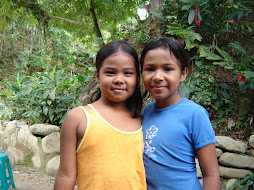




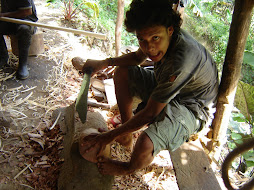
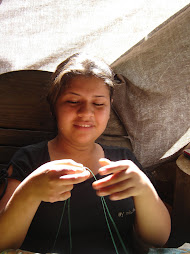
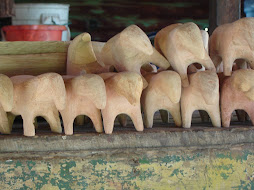
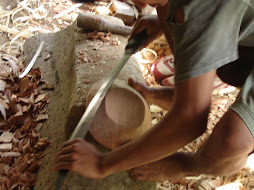
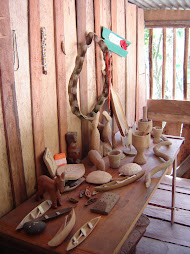
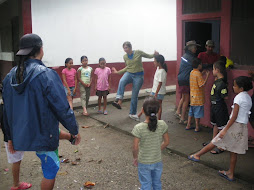

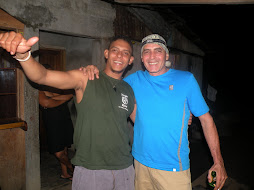
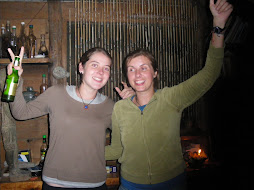
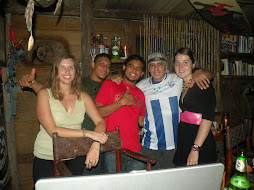


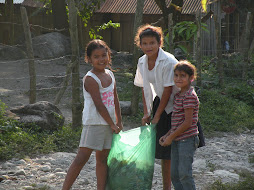
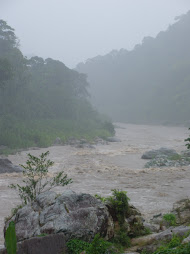
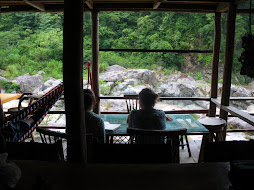
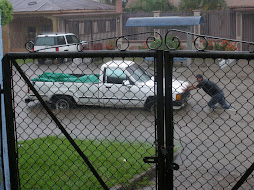
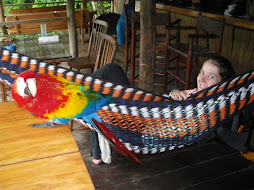
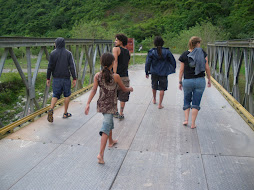
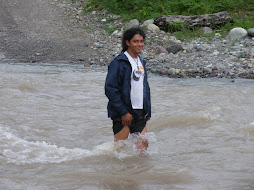
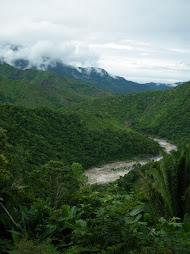
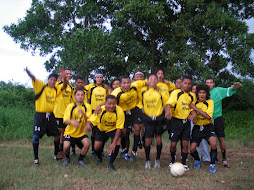

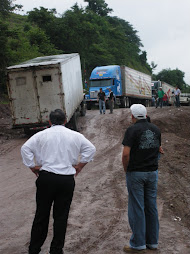
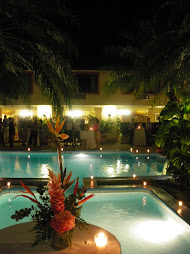

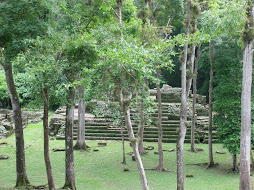
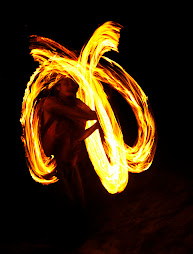


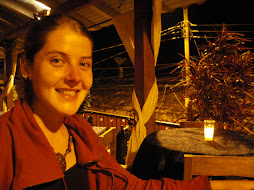



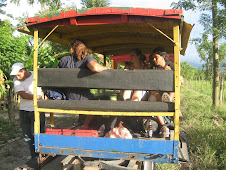
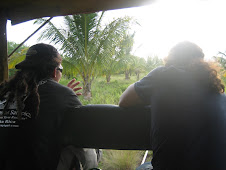
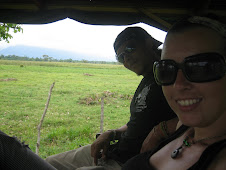
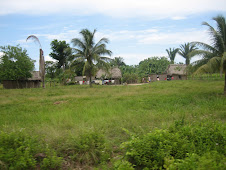
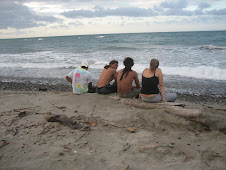
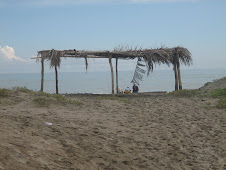


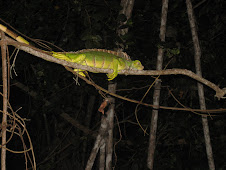
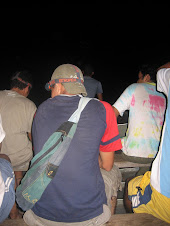
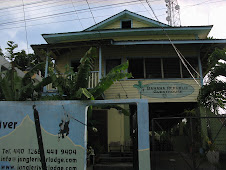

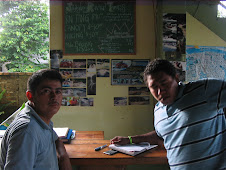
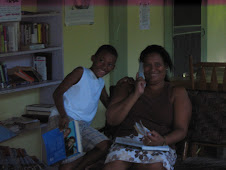
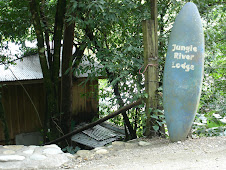
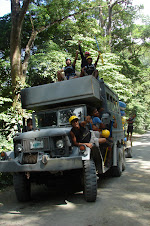
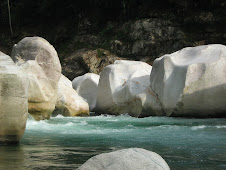










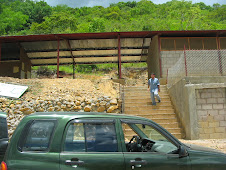
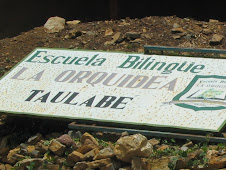
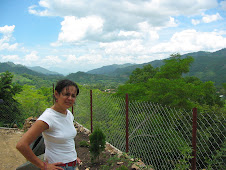

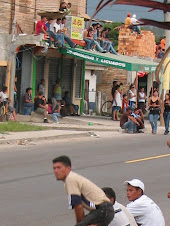
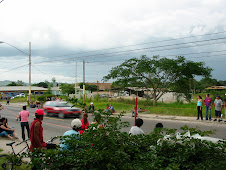
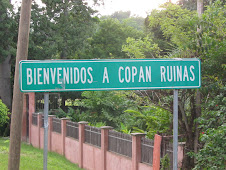
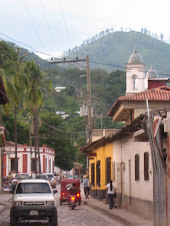
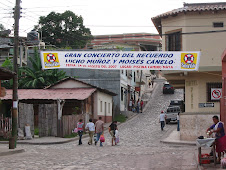

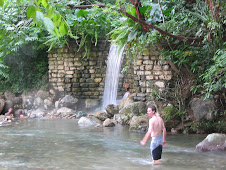
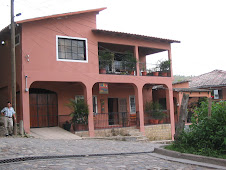
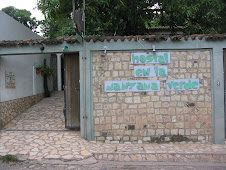
No comments:
Post a Comment